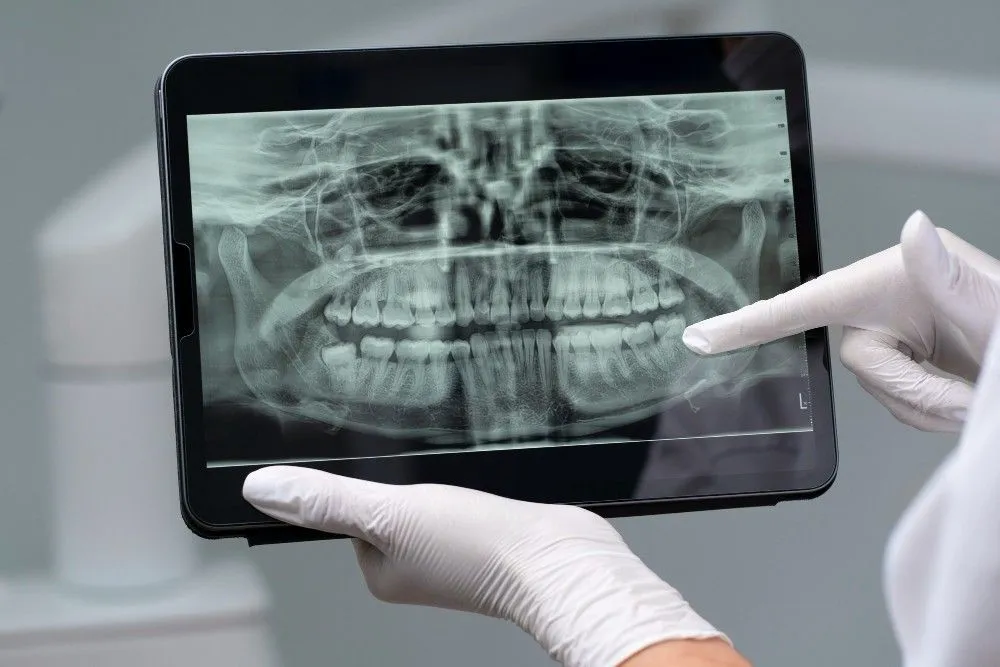Medical imaging can be a scary thing if you are unclear about what it is. Most tests can be done with little risk, are not painful, and are a way for the medical team to feel more confident in what they cannot see inside your body.
Usually, they are performed by experienced professionals with a medical imaging degree so you are assured of safety. Here is a brief overview of common medical imaging tests - what they are for, how to prepare for them, what to expect while you are there, and some good questions to ask your doctor before you go.
1. X-Ray
This is a quick evaluation of bones, chest, lungs and sometimes the abdomen. It is usually the first imaging exam ordered because it is fast and widely available. Usually, no preparation is necessary. You might be required to remove your jewelry and maybe wear a gown.
You will remain still, either standing or lying down, while the technologist adjusts the machine. The actual image takes seconds. It is typically considered safe for most patients, but if you are pregnant you should tell your doctor.
A radiologist will examine the images and then provide a report to your physician, who will follow up with you on the results.
Questions for your physician:
What exactly are you looking for on this X-ray?
If this picture does not provide clear answers, will I need additional imaging?
2. Ultrasound
An ultra-sound is a radiation-free procedure using sound waves to visualize soft tissues. Ultrasound is most commonly used on pregnant women, for abdominal pain, for blood vessel assessment, and for pelvic concerns.
Preparation for the procedure depends on which area the test is to be performed. Some tests ask you to have a full bladder and others to fast. During the test, the technician applies some gel to the area of interest and moves a handheld probe on it. You will feel a mild amount of pressure, but it should not hurt. There is no known risk and ultrasound is considered safe, including during pregnancy. A radiologist will review the images and your physician then follows up, explaining results.
Questions for your physician:
Do I need to fast or drink water before the ultrasound?
What symptoms are you trying to rule out with this procedure?
3. CT Scan (Computed Tomography)
CT Scans are cross-sectional imaging to reveal possible injuries, tumors, infections, and internal bleeding. A CT scan is much clearer than an X-ray. When preparing, you may be asked not to eat for a few hours. Some scans require a contrast dye given orally or through an IV.
You will lie on a table that will slide you through a circular scanner. The test itself is fast, typically 5 minutes or less. This imaging has higher radiation exposure than X-rays, and there is a possibility of a reaction if contrast dye is used. Always mention all allergies and any kidney issues that you have.
Questions to ask your doctor:
Will I need contrast dye, and is that safe for me?
How long does the scan take?
4. MRI (Magnetic Resonance Imaging)
MRI shows highly detailed images of the brain, spine, nerves, joints, and organs. This is an excellent test for looking closely at soft tissue. During preparation, remove any metal items. Some patients may also be asked not to eat for a short period if contrast is used.
You will lie down in a tube-like machine, which uses magnets and radio waves. Although not painful, it can be noisy. You may have the option to use earplugs or headphones.
You will not be exposed to radiation, but the magnet might affect some implants. If you are claustrophobic, you may want to ask about medication or an open MRI.
Questions you may ask your physician:
Is this an MRI with or without contrast?
Will I need medication to help with anxiety, or an open MRI?
5. Mammography
Mammograms are used for breast cancer screening or to investigate breast concerns, such as lumps or pain. On the day of the mammogram, do not apply deodorant or powder, and wear a top that is easy to remove.
In the exam, your breasts will be placed between two plates. Tissue will be compressed gently, as the machine takes images. You may feel discomfort with compression, but it lasts only a few seconds at a time.
You are exposed to very low radiation. However, if your breast tissue is dense, there is a possibility of receiving a false positive or recall.
Results of screening mammograms usually come in the mail, but might be shared on a secure patient portal. Results of diagnostic mammograms may be available sooner.
Questions for your doctor:
Did I have a screening or diagnostic mammogram?
Are my breasts dense, and how does that affect the results of the mammogram?
Endnote
Medical imaging is extremely valuable for identifying medical issues and monitoring the effectiveness of treatment. Knowing what the tests involve may help to ease some of the anxiety and apprehension you may feel. There are also different imaging specialists, and understanding their different functions might help you understand their process.
Reviewed by







